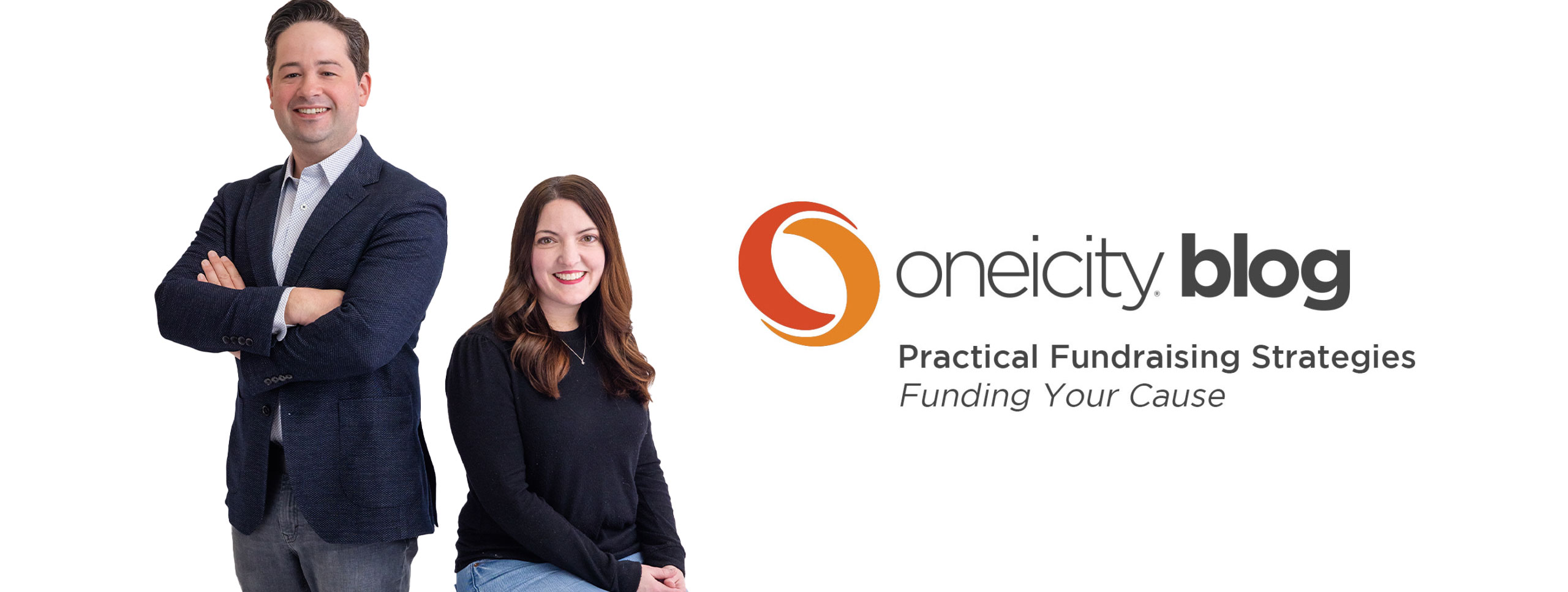Oneicity is always on the lookout for resources and ideas that will inspire those of us serving nonprofits. Today we’re thrilled to share our interview with David Meerman Scott: the marketing strategist, keynote speaker, seminar leader and author of the hit new book World Wide Rave. David graciously agreed to answer a few questions for us on how to apply the concepts from his book to the nonprofit world. Even though David is crazy busy and an “A list” player in the social media world, he still gave us some time to answer questions to help nonprofits.
We love what David’s book has to say about generating attention and awareness through creating an online “rave” rather than doing the traditional online promotional route. The strategy seems perfect for small and midsized nonprofits who often don’t have big money to spend on promotion.
Oneicity: Your book “World Wide Rave” advocates generating a Rave verses concentrating on SEO (Search Engine Optimization). How do you imagine a smaller nonprofit organization using this concept to its advantage?
 DMS: A World Wide Rave is when masses of people around the world can’t stop talking about you, your company, and your products. Whether you’re located in San Francisco, Dubai, or Reykjavík, it’s when global communities eagerly link to your stuff on the Web. It’s when online buzz drives buyers to your virtual doorstep. And it’s when tons of fans visit your Web site and your blog because they genuinely want to be there.
DMS: A World Wide Rave is when masses of people around the world can’t stop talking about you, your company, and your products. Whether you’re located in San Francisco, Dubai, or Reykjavík, it’s when global communities eagerly link to your stuff on the Web. It’s when online buzz drives buyers to your virtual doorstep. And it’s when tons of fans visit your Web site and your blog because they genuinely want to be there.
I point out that nonprofits aren’t really scared of social media and the idea of a World Wide Rave. They are scared of the unknown. People are comfortable doing the same old rubbish year in and year out. They spend tons of money on direct mail. They spam their customers with inane email “campaigns” that typically include “offers”. They invest in advertising. They pay PR agencies the big bucks to get a mention on page 60 of a local newspaper, or a quote in the tenth paragraph of a story in a magazine that almost nobody reads.
I have a simple question for the executives: How’s this all working for you?
Oneicity: Whoa, great question, David. So, what kind of mistakes do you see organizations making when they try to create Raves?
DMS: Many company executives and public relations people trace their worries about social media to their belief that “people will say bad things about our company.” This fear leads them to ignore blogs and online forums and to prohibit employees from participating in social media. In every discussion that I’ve had with employees who freely participate in social media, I’ve confirmed that this fear is significantly overblown. Sure, an occasional person might vent frustrations online, and now and then a dissatisfied customer might complain (unless you’re in the airline industry and then it might be more than a few).
But the benefit of this kind of communication is that you can monitor in real-time what’s being said and then respond appropriately. Employees, customers, and other stakeholders are talking about your organization offline anyway, so unless you are participating online, you’ll never know what’s being said at all. The beauty of the Web is that you benefit from instant access to conversations you could never participate in before.
Oneicity: If you were a small nonprofit, no money to spend on big stuff, a basic, no fancy website, not doing much social media, what are the first steps you’d suggest for maximum impact? (Facebook first? Twitter? Blog? YouTube?)
DMS: Don’t even think about the media yet. Instead, develop buyer personas profiles.
I think “buyer personas” are the king of marketing and a focus on buyer personas allows you to create the content. A buyer persona represents a distinct group of potential customers, an archetypal person whom you want your marketing to reach. Targeting your work to buyer personas prevents you from sitting on your butt in your comfortable office just making stuff up about you products, which is the cause of most ineffective marketing.
Incidentally, my use of the word “buyer” applies to any organization’s target customers. A politician’s buyer personas include voters, supporters, and contributors; universities’ buyer personas include prospective students and their parents; a tennis club’s buyer personas are potential members; and nonprofits’ buyer personas include corporate and individual donors. Go ahead and substitute however you refer to your potential customers in the phrase “buyer persona,” but do keep your focus on this concept. It is critical for success online.
By truly understanding the market problems that your products and services solve for your buyer personas, you transform your marketing from mere product-specific, ego-centric gobbledygook that only you understand and care about into valuable information people are eager to consume and that they use to make the choice to do business with your organization.
Instead of creating jargon-filled, hype-based advertising, you can create the kind of online content that your buyers naturally gravitate to—if you take the time to listen to them discuss the problems that you can help them solve. Then you’ll be able to use their words, not your own. You’ll speak in the language of your buyer, not the language of your founder, CEO, product manager, or PR agency staffer. You’ll help your marketing get real.
Oneicity: What kind of “triggers” could you imagine a nonprofit using?
Anything! A YouTube video, charts and graphs, an ebook.
Oneicity: You are obviously very busy but manage to juggle your writing, work and social media presence. What tools or techniques do you use to get everything done?
I have an annual pattern that is consistent. In the Spring and Fall I am really busy with speaking, doing about 40 or 50 gigs a year all over the world. The holiday season in December and January as well ass the summer months are times when I do not travel as much so I write a lot — I work on books, write articles, do webinars and podcasts. When I am really busy I rely on people to understand and work within my schedule.
Much thanks to David for taking time to give us his perspective. If we can apply what he says, we’ll all be a step ahead in our fundraising and marketing efforts.
If you haven’t already, we strongly recommend that you check out David’s books! World Wide Rave and his previous book, The New Rules of Marketing & PR, are definitely front and center on the Oneicity book shelf.
So how about you, can you imagine creating a “Rave” for your organization? We’d love to hear your thoughts.

Hoots and Thomas
